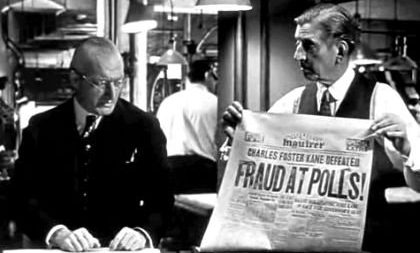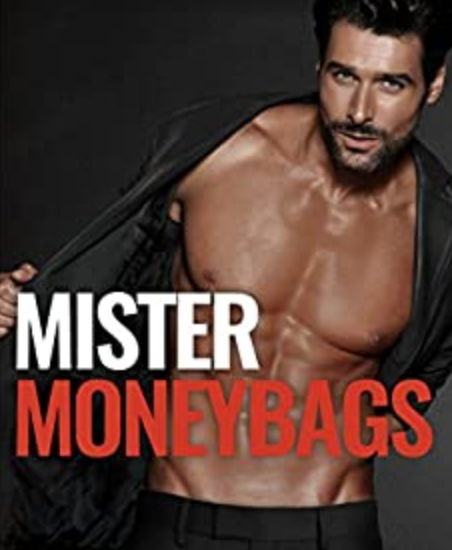
Welp, the other shoe has dropped. Two months after the death of NASCAR legend and central Vermont radio mogul Ken Squier, the stations of Radio Vermont have been sold. Depending on which source you trust, the new owner is failed Republican candidate (and very briefly head of the Ethan Allen Institute) Myers Mermel (Radio Vermont press release) or Mermel and failed Republican candidate and travel mogul Scott Milne (VTDigger). The press release, posted at the Vermont Daily Chronicle, lists Milne as “an investor” and “key advisor,” while Digger bills him as a full partner. Either way, the two men are deeply conservative. Milne somehow got a reputation as a moderate, but he’s a lot less moderate than Phil Scott.
The crown jewel in the Radio Vermont firmament is WDEV, a throwback of a locally-owned, community-oriented station with a mixed format of news, talk, music and sports. The station bills itself as “a forum for all voices to be heard,” although in recent years the loudest voices have come from the right. I expect that trend will only accelerate under its new Republican ownership.
Coincidentally, the call letters “WGOP” are probably available for pocket change. The letters are currently assigned to a tiny AM station in Pocomoke City, Maryland, whose building was destroyed by fire in August 2022. It’s been off the air since then.
I’m a bit sad that the Squier family has exited the scene after owning WDEV since its founding in 1931. I’d be more dismayed by the partisan lean of the new owner/s, except that the station — and all of terrestrial radio — is a mere shadow of its former self.
Continue reading







